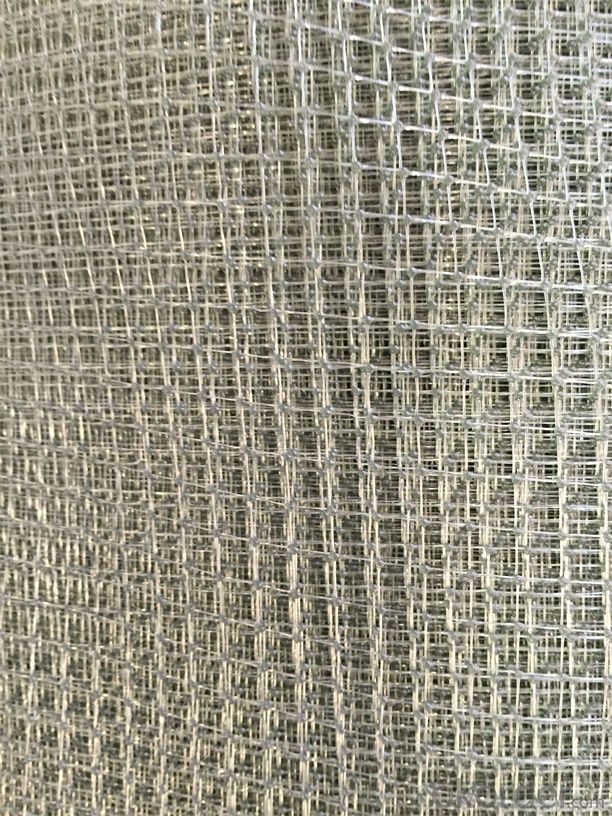- Understanding the Role of Geomembrane Liners in Waste Management
- Innovations in Geomembrane Liners for Water Management
- Geomembrane Liners: A Comprehensive Guide
- The Future of Geomembrane Liners in Civil Engineering
- Geomembrane Liners: Enhancing Landfill Stability
Manager:
WhatsApp:+86 177 0135 2670
Tel:+86 177 0135 2670
Email:marketing@okorder.com
Address:3rd Floor, No.2 Building, No.1 Sanlihe Road
The Role of Geomembrane Liners in the Construction of Industrial Reservoirs
Geomembrane liners are the unsung heroes of the construction world, often overlooked but absolutely vital in the creation of industrial reservoirs. These thin, flexible layers of synthetic material are designed to provide a barrier between the reservoir and the surrounding environment, protecting both from potential contaminants and ensuring the longevity of the structure. Let's dive into the fascinating world of geomembranes and explore their role in the construction of industrial reservoirs.

The Wonders of Geomembrane Liners
Geomembrane liners are typically made from high-density polyethylene (HDPE), polyvinyl chloride (PVC), or ethylene propylene diene monomer (EPDM) rubber. These materials are chosen for their durability, flexibility, and resistance to various environmental factors. The liners are usually black or dark in color, which helps to absorb sunlight and increase the temperature of the reservoir, promoting better water quality and reducing the risk of algae growth.
Why Geomembrane Liners Matter
The primary function of a geomembrane liner is to prevent the leakage of liquids from the reservoir. This is crucial in industrial settings where the reservoir may contain chemicals or other hazardous materials that could cause significant environmental damage if they were to escape. The liner acts as a barrier, ensuring that these substances remain contained within the reservoir.
Installation: A Step-by-Step Journey
Installing a geomembrane liner is a meticulous process that requires careful planning and execution. The first step is to prepare the subgrade, which involves compacting the soil to create a stable and even surface. Next, the liner is carefully unrolled and positioned over the subgrade. The edges of the liner are then sealed together using specialized techniques, such as heat welding or adhesives, to create a seamless barrier.
The Art of Seam Welding: A Closer Look
Seam welding is an essential part of the installation process. It involves the use of heat to fuse the edges of the geomembrane together, creating a strong bond that is resistant to leaks. This process requires skilled technicians who understand the nuances of working with different materials and can ensure a high-quality seal.
The Importance of Regular Maintenance
Once a geomembrane liner is installed, it's essential to perform regular maintenance to ensure its continued effectiveness. This includes inspecting the liner for signs of wear or damage, cleaning it to remove debris, and repairing any issues that may arise. By taking care of the liner, you can extend its lifespan and maintain the integrity of the reservoir.
The Future of Geomembrane Liners: Innovation and Sustainability
As the world moves towards more sustainable practices, the development of geomembrane liners is also evolving. Researchers are exploring new materials and techniques to improve the environmental performance of these liners, such as using recycled plastics or developing liners that can degrade over time without harming the environment.
Conclusion: A Protective Shield for Our Reservoirs
In conclusion, geomembrane liners play a critical role in the construction of industrial reservoirs. They provide a protective barrier that safeguards the environment and ensures the reservoir's longevity. By understanding the importance of these liners and taking the necessary steps to install and maintain them properly, we can create more durable and sustainable industrial reservoirs for the future.
- Previous:The Use of Geomembrane Liners in the Construction of Industrial Basins
- Next:Geomembrane Liners: A Barrier Against Industrial Oil Spills
-
2024-12-05Geomembrane Liners: A Comprehensive Guide






